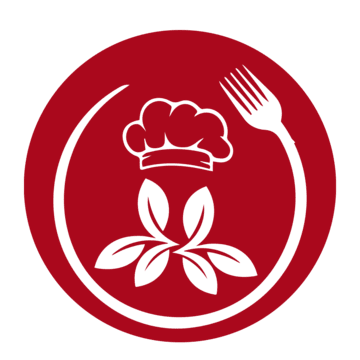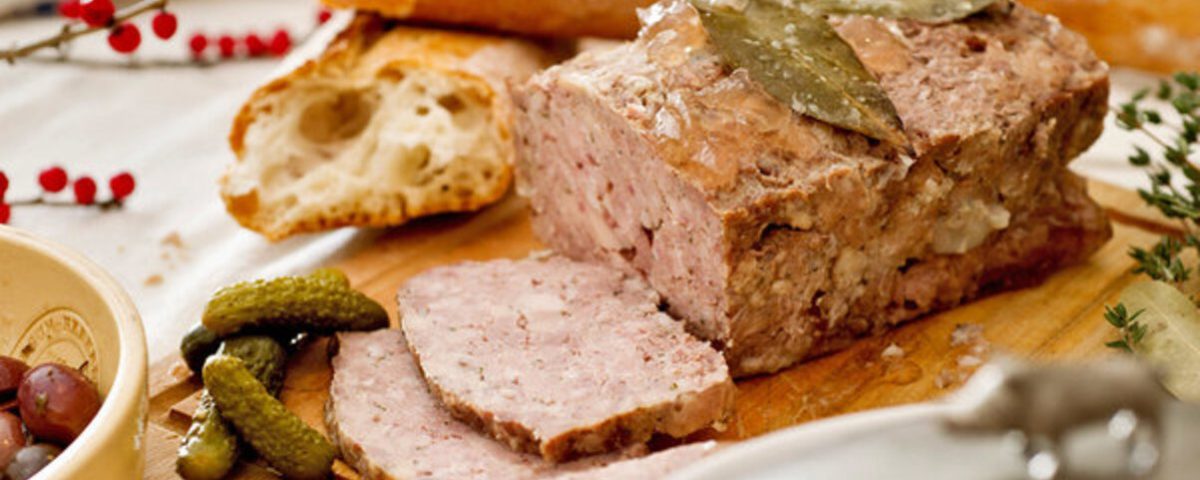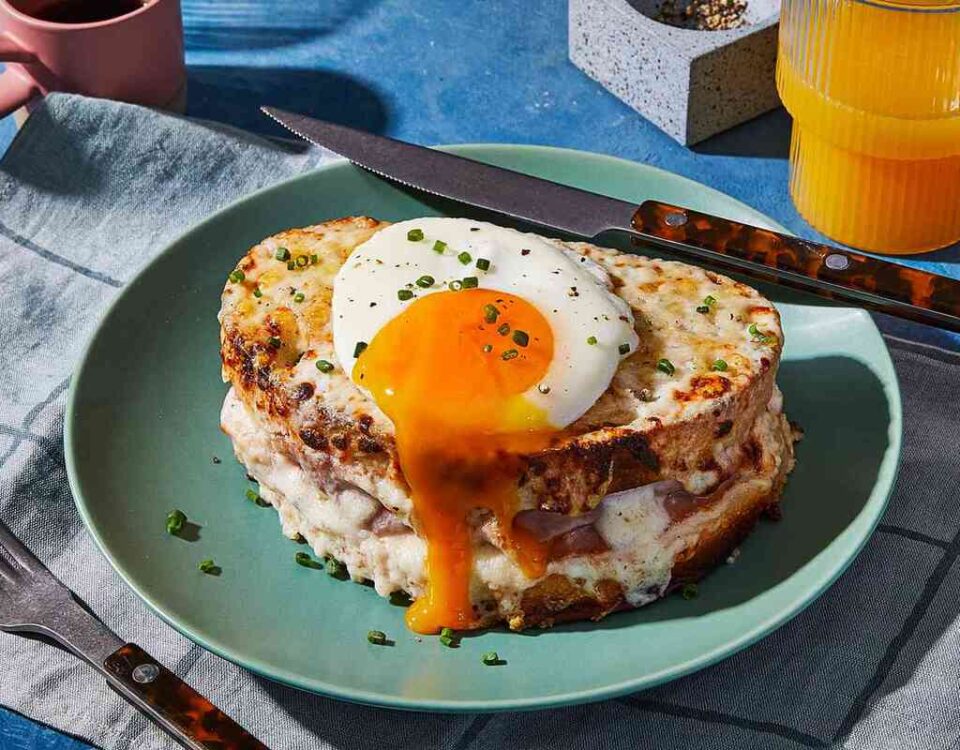
Quiche Lorraine Souffle: A French Culinary Delight

The Art of Making Perfect Crepes
The Art of Pâté Making: A Rich Culinary Tradition
Introduction
Pâté, a French culinary delicacy, is a savory spread made primarily from meat, poultry, or fish, often enriched with liver and blended with various ingredients like herbs, spices, and sometimes fruits or vegetables. Its rich history and complex flavors have made it a staple in many cultures. This guide will delve into the art of pâté making, from understanding its origins to mastering the techniques for creating a perfect pâté.
A Brief History of Pâté
The word “pâté” originates from the French word “paste,” reflecting the smooth texture of this culinary creation. Its roots can be traced back to ancient times when people preserved meat by incorporating it into a mixture of fat and spices. Over centuries, pâté evolved into a sophisticated delicacy, with French chefs perfecting the art of blending flavors and textures.
Types of Pâté
There are numerous variations of pâté, each with its unique character and flavor profile. Here are some common types:
- Liver Pâté: This is perhaps the most famous type, often made with chicken or duck liver. It is rich, creamy, and has a distinctive taste.
- Meat Pâté: Composed primarily of meat, such as pork or game, these pâtés offer a robust and hearty flavor.
- Fish Pâté: Made from fish, such as salmon or tuna, these pâtés are lighter and have a delicate taste.
- Terrine: Similar to pâté but typically larger and encased in a terrine mold, terrines often contain various ingredients, including meat, vegetables, and fruits.
Essential Ingredients and Equipment
- Meat or poultry: The primary ingredient, such as chicken livers, pork, or duck.
- Fats: Butter, lard, or goose fat are commonly used to enrich the texture.
- Liquors: Brandy, Cognac, or Armagnac can add depth of flavor.
- Seasonings: Herbs, spices, salt, and pepper are essential for flavor enhancement.
- Equipment: Food processor or blender, terrine mold or loaf pan, and a bain-marie (water bath) are necessary for the pâté-making process.
Basic Pâté Recipe (Chicken Liver Pâté)
Ingredients:
- 500g chicken livers, cleaned and trimmed
- 100g unsalted butter, softened
- 1 large onion, finely chopped
- 2 cloves garlic, minced
- 100ml Cognac or brandy
- Salt and pepper to taste
- Fresh thyme and bay leaf
Instructions:
- Sauté the onion and garlic in butter until softened.
- Add the chicken livers and cook until just browned.
- Deglaze the pan with Cognac, allowing the alcohol to evaporate.
- Let the mixture cool slightly before blending it in a food processor until smooth.
- Gradually incorporate the softened butter while blending until the pâté is creamy.
- Season with salt, pepper, and a pinch of thyme.
- Transfer the pâté to a terrine mold or a loaf pan and refrigerate for at least 2 hours before serving.
Tips for Perfect Pâté
- Quality ingredients: Use high-quality meats and fresh herbs for the best flavor.
- Balance of flavors: Experiment with different combinations of herbs and spices to create your desired taste profile.
- Texture: The texture of pâté should be smooth and creamy. Avoid overprocessing, as it can result in a grainy texture.
- Temperature control: Overheating the pâté can cause it to become grainy. Use low heat when cooking the ingredients.
- Resting: Allowing the pâté to rest in the refrigerator before serving helps the flavors develop and improves the texture.
Serving Suggestions
Pâté is typically served as an appetizer or hors d’oeuvre. It is traditionally accompanied by crusty bread, cornichons (small pickles), and whole-grain mustard. You can also offer a variety of accompaniments, such as toasted baguette slices,crackers, or fresh fruit.
Additional Information
- Pâté en croûte: A more elaborate version of pâté, it is encased in a pastry crust and baked.
- Storage: Pâté can be stored in the refrigerator for several days. To extend its shelf life, you can cover the surface with a thin layer of melted clarified butter.
Food safety: It is essential to handle pâté with care to prevent foodborne illness. Always cook meats thoroughly and refrigerate the pâté promptly.


